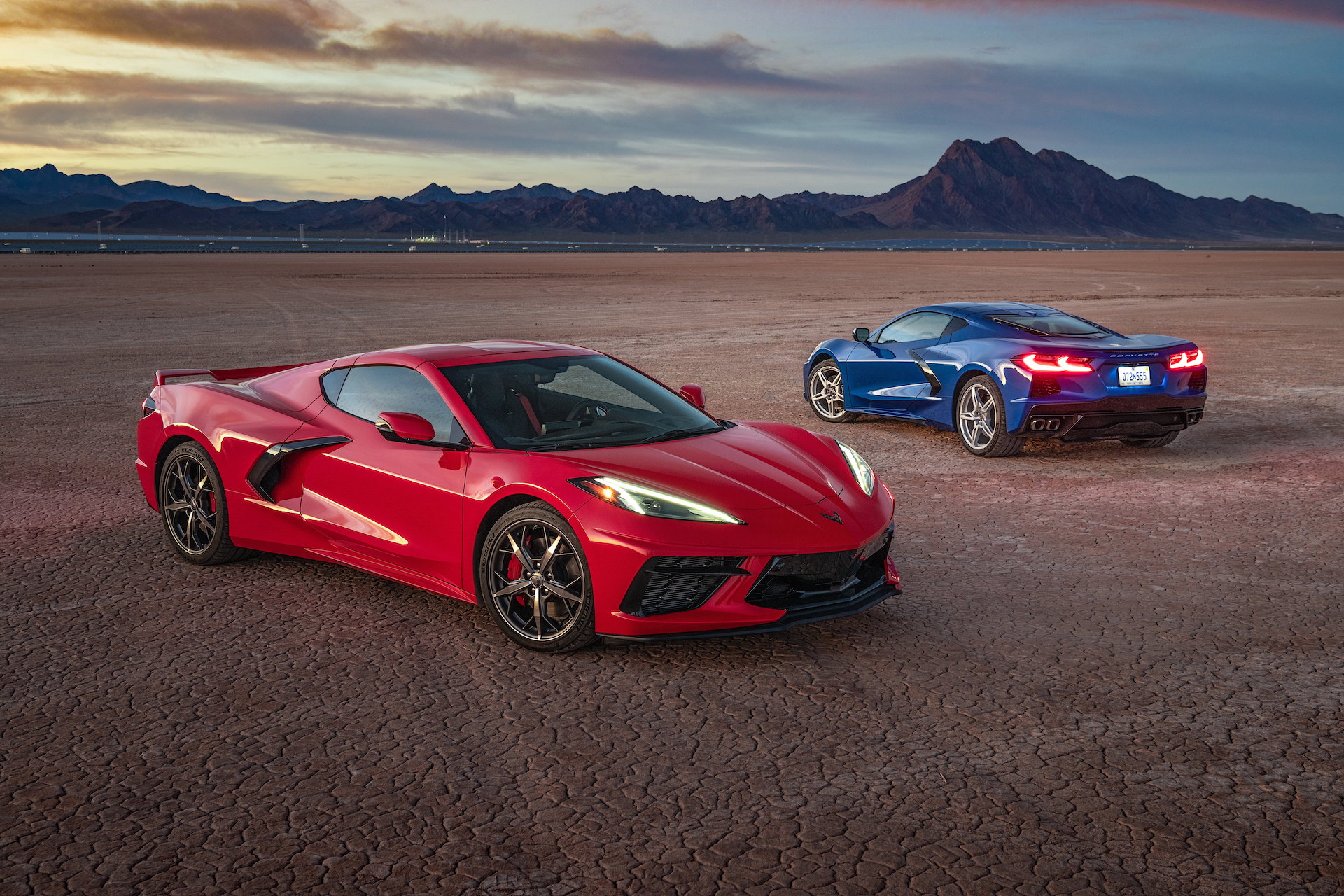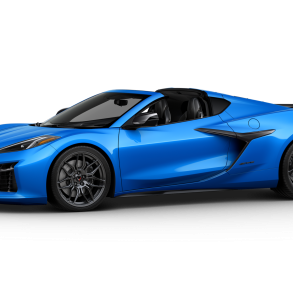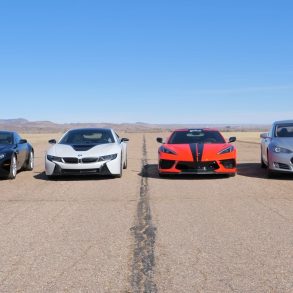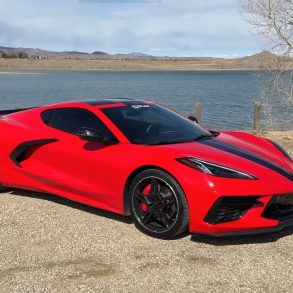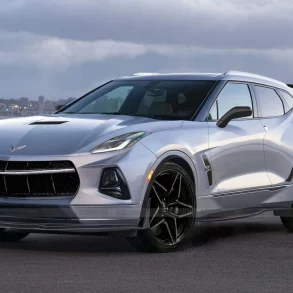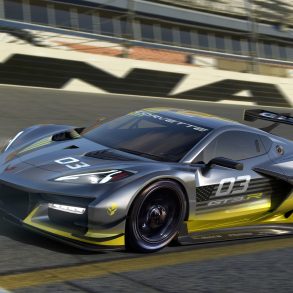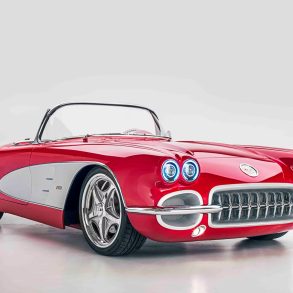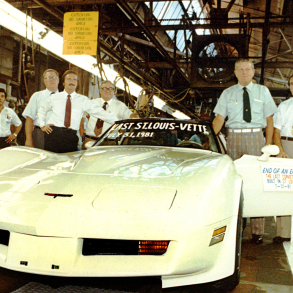Every new Corvette is quite the occasion; after all, it is one of America’s most popular sports cars. However, something about the eight-generation Corvette generated a special kind of buzz. Rumour mills were already in overdrive about the possibility of a mid-engine setup – a first for a production Corvette. Car sleuths had already pointed out clues gleaned from prototypes caught testing in the wild. There was the fastback-style glass rear-window panel, for instance – the kind that’s typically designed to show off a mid-mounted engine.
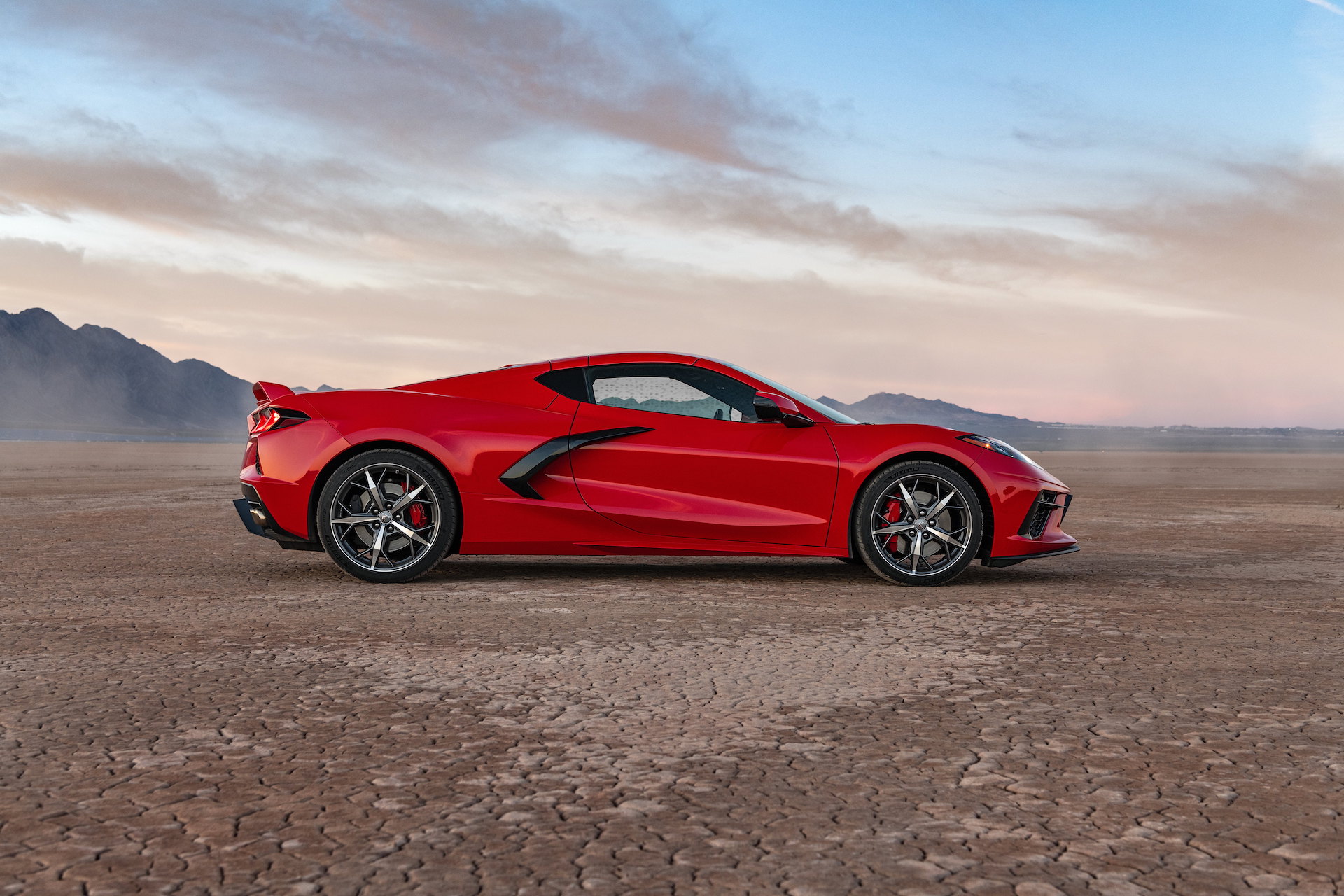
Rumour mill or not – GM’s confirmation via an April 2019 announcement, followed by a public reveal in July, sent seismic waves through the automobile world. The C8 Corvette had landed, debuting sharper, edgier styling. Most important, though, was the fact that America’s beloved sports car now carried its engine behind the passenger cabin instead of the usual front-engine layout.
It had taken decades of speculations, stillborn ideas and even concepts, but eventually, GM had taken a daring step in a whole new direction. The mid-engine Corvette had finally completed its journey from idea to exciting reality.
A Mid-Engine Corvette – Early Beginnings
While it is true that the first production mid-engine Corvette is the 2020 C8 Corvette, the idea of a mid-engine layout had been floating around for decades within the Chevy clan.
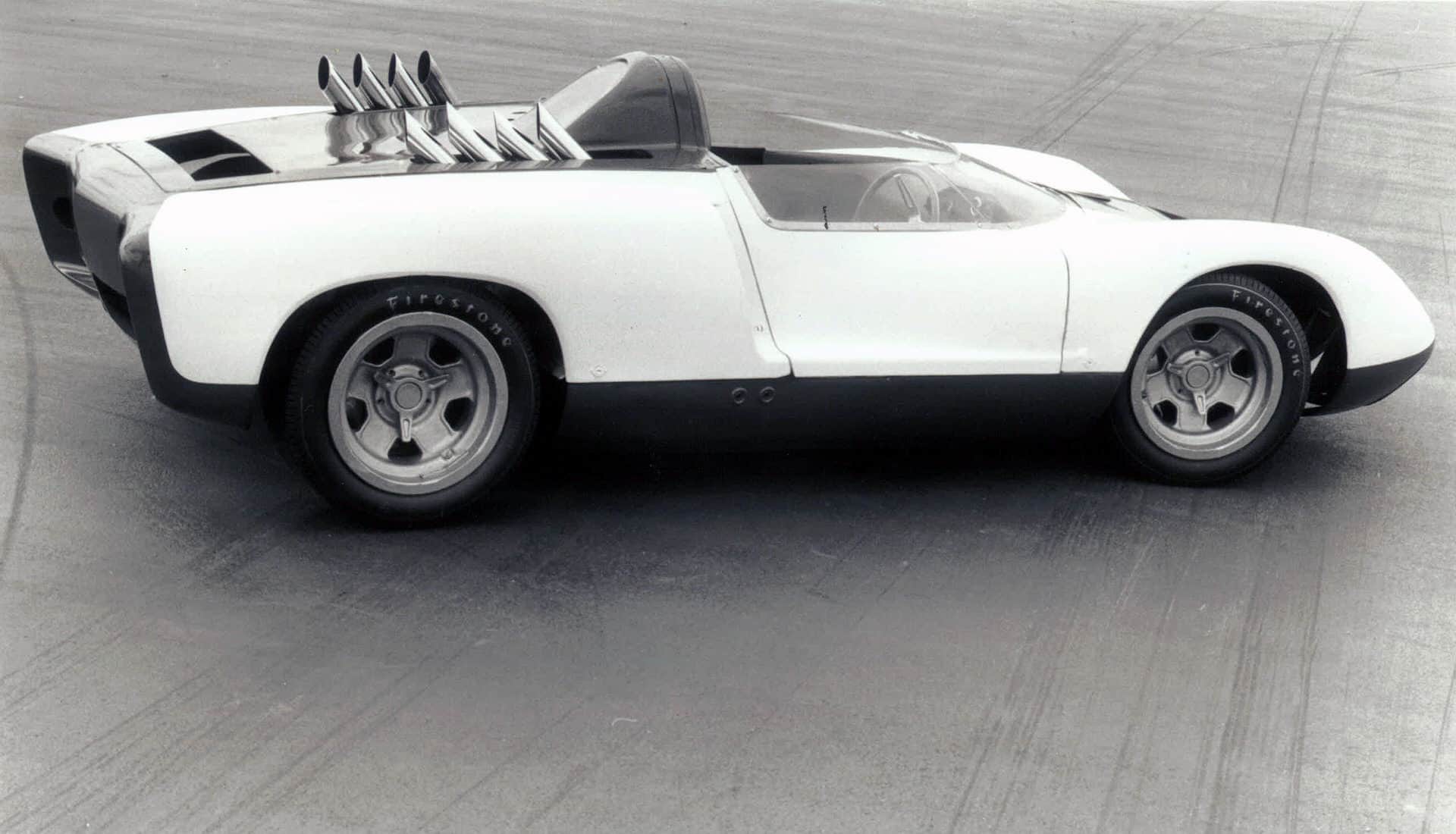
Revolutionary engineer Zachary’ Zora’ Arkus-Duntov, also known as ‘Father of the Corvette,’ had dabbled with the idea in the 1950s and 1960s. His CERV I and CERV II concept cars both boasted mid-engine layouts. The cars were used extensively to showcase the benefits of a mid-engine placement and an independent rear suspension. Zora himself tested the CERV I concept at multiple race circuits, including Pikes Peak, Daytona and Sebring.
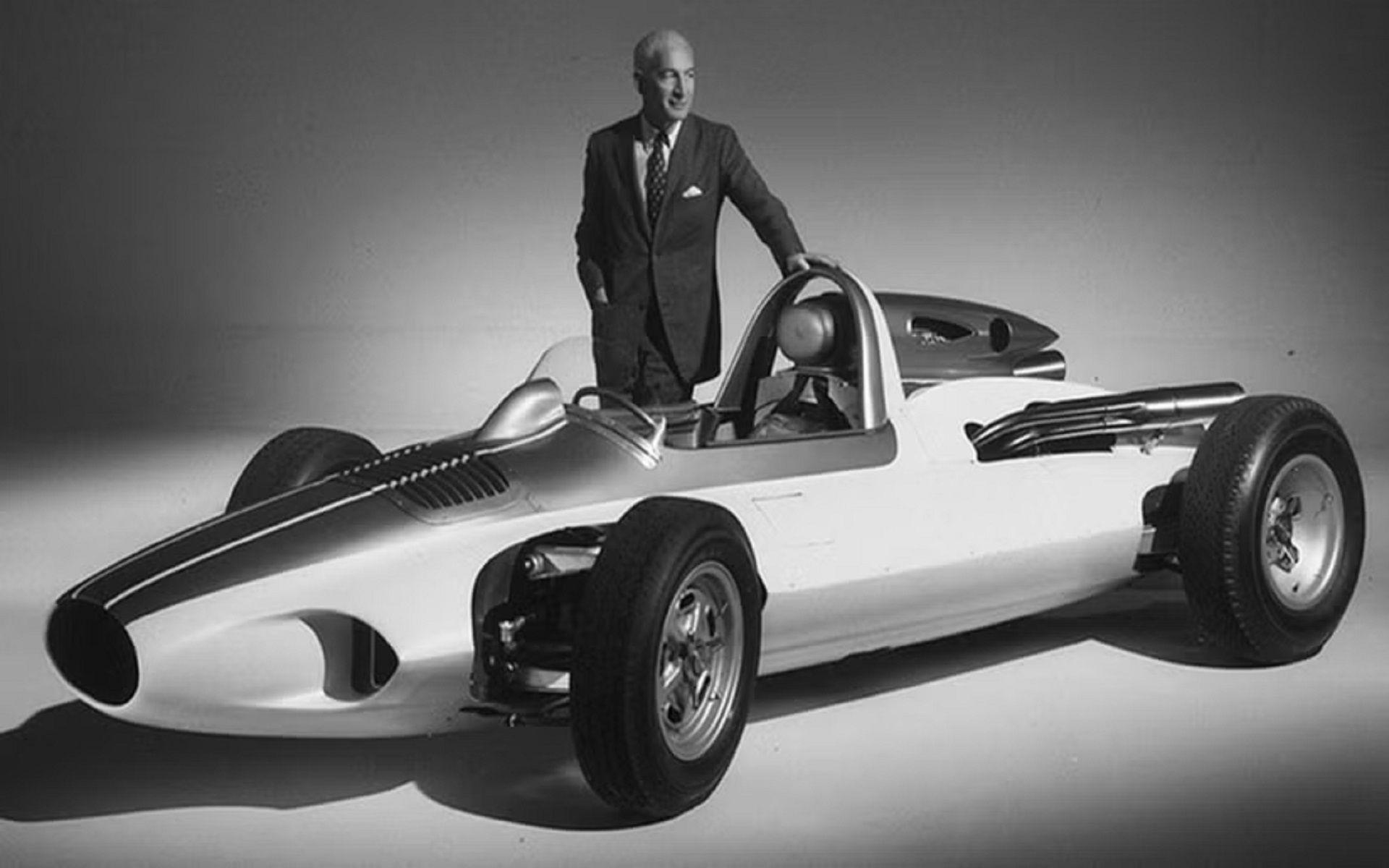
Other concepts that showcased Zora’s plans for a revolutionary Corvette design included the Astro I and II concepts, the XP-882 and the XP-895, also known as the Reynolds Aluminum Corvette.
Unfortunately, Zora’s brilliant ideas for a mid-engine platform never reached the production stage. Concerns about cost, complexity and an impending global fuel crisis were just some of the reasons that hamstrung the evolution of the early Corvettes into mid-engine sports cars.
The Turning Point
Chevrolet stuck to the front-engine formula for its Corvettes for as long as possible through the different generations. The cars continued to evolve with ever-increasing power and as much performance as could be squeezed out of their front-engine architecture.
That could not go on forever, however. In a chat with Car and Driver journalists, Corvette chief engineer Tadge Juechter admitted that the realization hit during the development of the C6 ZR1.
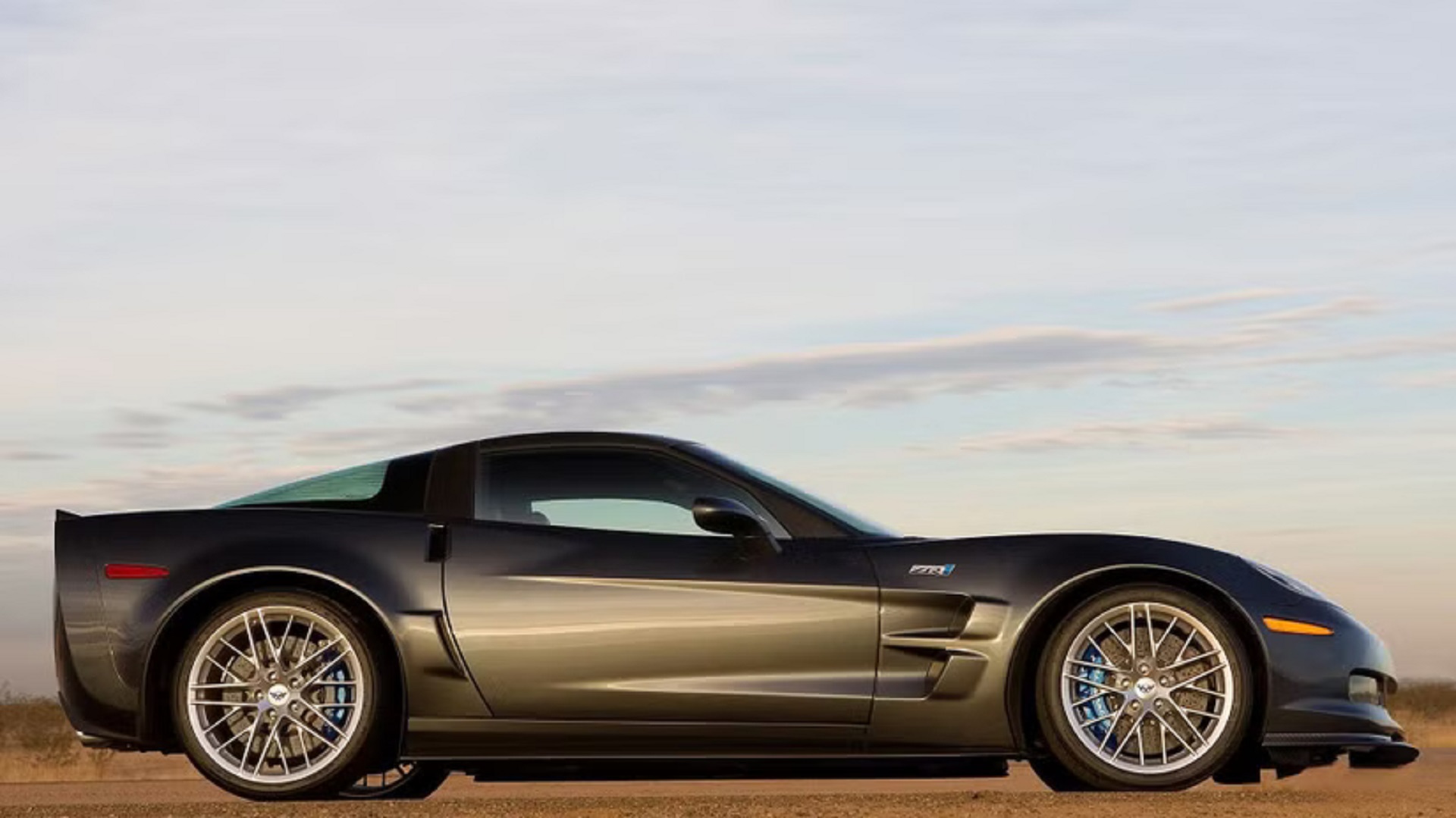
‘We knew we were in trouble way back in the [sixth] generation when we started doing a ZR1. We had a 638-horsepower engine, and it wasn’t until the eve of production—and only because of the super-sticky Michelin tires—that we were quicker from zero-to-60 than the 505-hp Z06. So, we had aspirations for higher performance, but we were reaching the limit of the architecture.’
More performance could be unlocked from the Corvette, but doing so would require a fundamental change in design philosophy and the underlying engineering framework. There was no denying the truth anymore; the Corvette needed to shift to a mid-engine layout if it was to have any hope of competing with European rivals, which, incidentally, harks back to the original intention of the first-gen Corvettes.
Building a Mid-Engine Corvette
GM was fully committed this time to building a mid-engine Corvette. The drive behind the decision was to improve the Corvette’s acceleration, braking and handling characteristics, bringing the car more in line with modern supercars.
However, it was a bit more complicated than just sliding the engine position towards the car’s rear. There were several hoops to jump through that included structural considerations and overall vehicle dynamics.
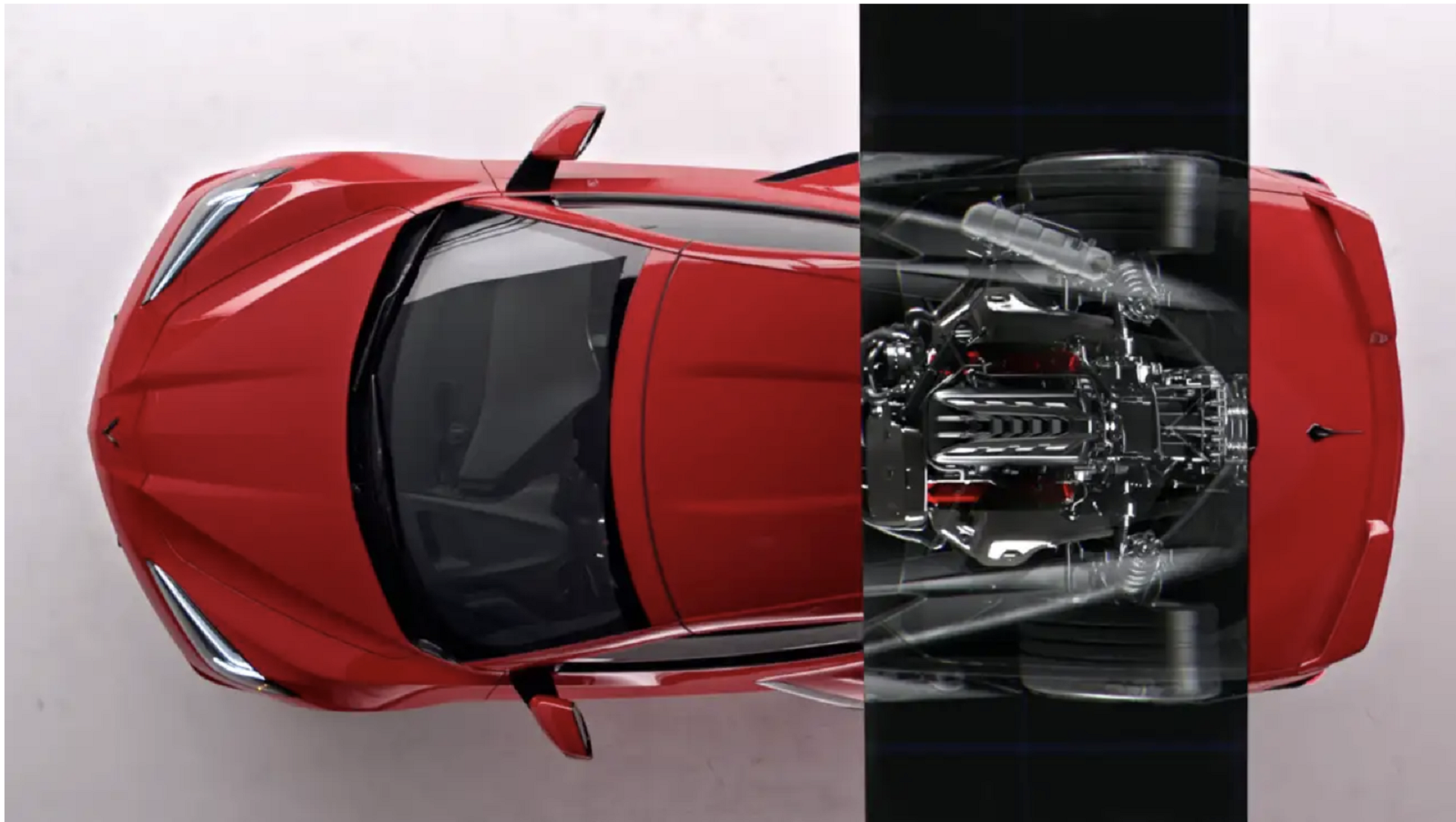
GM wisely turned to other carmakers with more experience in building rear-engine platforms. ‘Porsche was our primary benchmark,’ said Corvette chief engineer Tadge Juechter in an interview with SAE’s Automotive Engineering, ‘especially in reference to their PDK dual-clutch automatic transmission’s overall dynamics.’ The team also acquired a Ferrari 458 for extensive testing and deep-dive analysis.
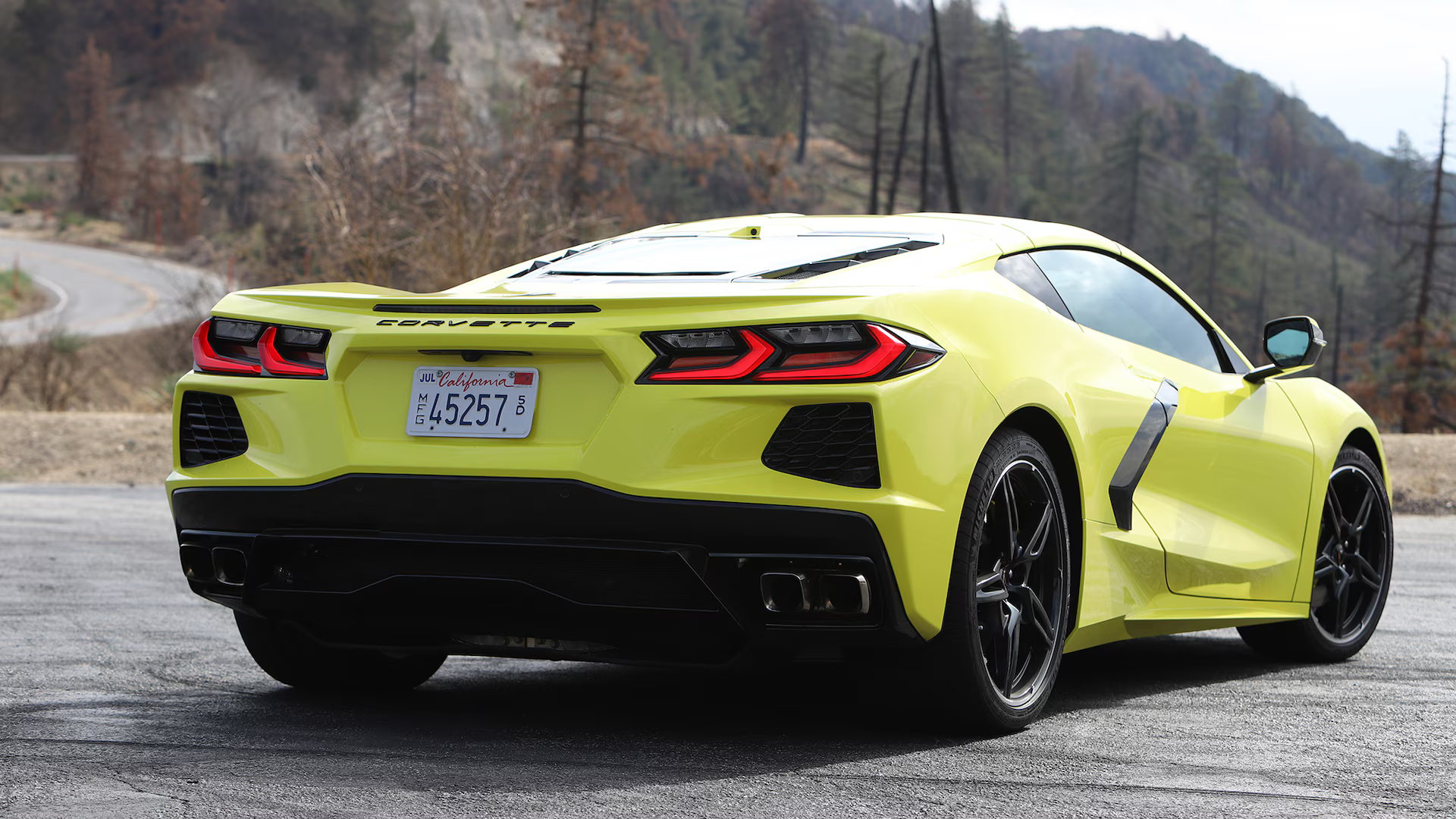
Transforming the Corvette into a mid-engine performance car involved shifting the V8 engine mass backward by about 7.5 feet (90 inches) and moving the transmission components by almost three feet (36 inches). The mechanical changes were accompanied by a complete design overhaul. It culminated in one of the most significant outcomes in the Corvette’s storied history, with an all-new Corvette sports car that looked nothing like its predecessor.
Cashing in on the Big Gamble
It did not take long for the positive reviews to pour in following the C8 Corvette’s debut in July 2019 for the 2020 model year. Finally, here was a Corvette that looked like a proper supercar. It wasn’t all about the looks, either. The sleek, low-slung Corvette boasted performance and handling to match.
Top Gear rated the C8 Corvette an 8 out of 10, praising its performance and usability as a daily driver. Motortrend declared the C8 Corvette its 2020 Car of the Year, scoring high in areas like engineering excellence, performance and value. Car and Driver acknowledged that while the C8 Corvette could never live up to the pre-launch hype, it did come close, leading to a conclusion that it was the best Corvette ever made. The gamble to switch to a mid-engine layout appeared to be playing out in the GM’s favour.
Sales of the C8 Corvette took off slowly, though this had nothing to do with the car itself but more with the effects of the COVID-19 pandemic, global chip supply shortage and the worldwide economic slowdown. 20,268 C8 Corvettes rolled off the assembly line in 2020, its first full year on the market.
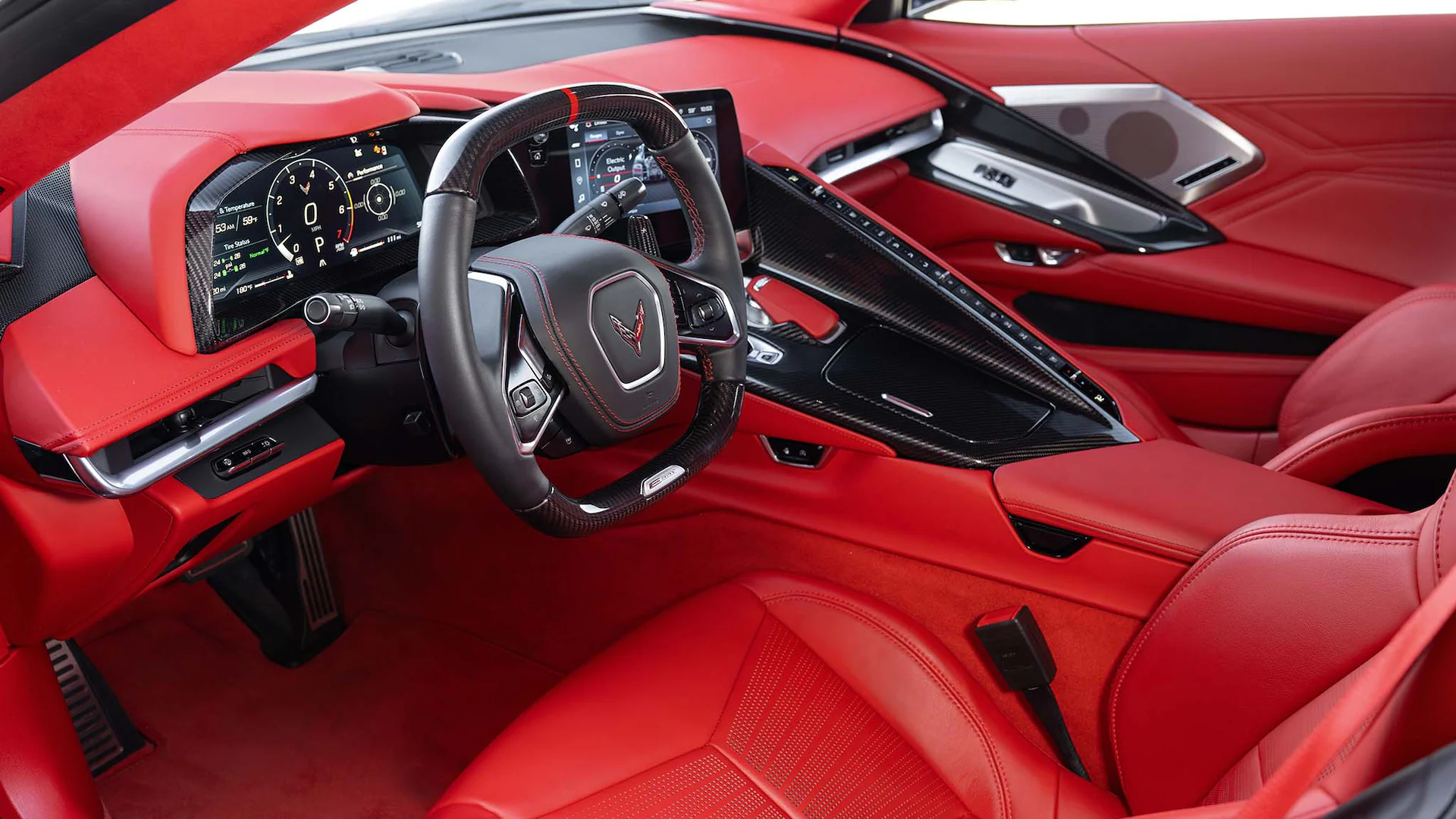
However, it did not take long for the situation to improve markedly. In 2023, the NY Times reported that GM sold 53,785 units of the C8 Corvette worldwide, just 22 units shy of its record sales year in 1979.
The switch to a mid-engine platform had injected new life into the Corvette brand and sparked a revival. GM has been quick to ride on the wave of the Corvette’s positive market acceptance. The initial variant, the C8 Corvette Stingray, was available in three different trims at launch. That has since been followed by the more powerful Z06 with 670 hp on tap compared to 465 hp in the base model.

Then, we had the revolutionary C8 Corvette E-Ray. It was the first hybrid Corvette and the first Corvette with front wheel drive electric motor components, essentially transforming the Corvette to an all-wheel-drive supercar – another Corvette first.
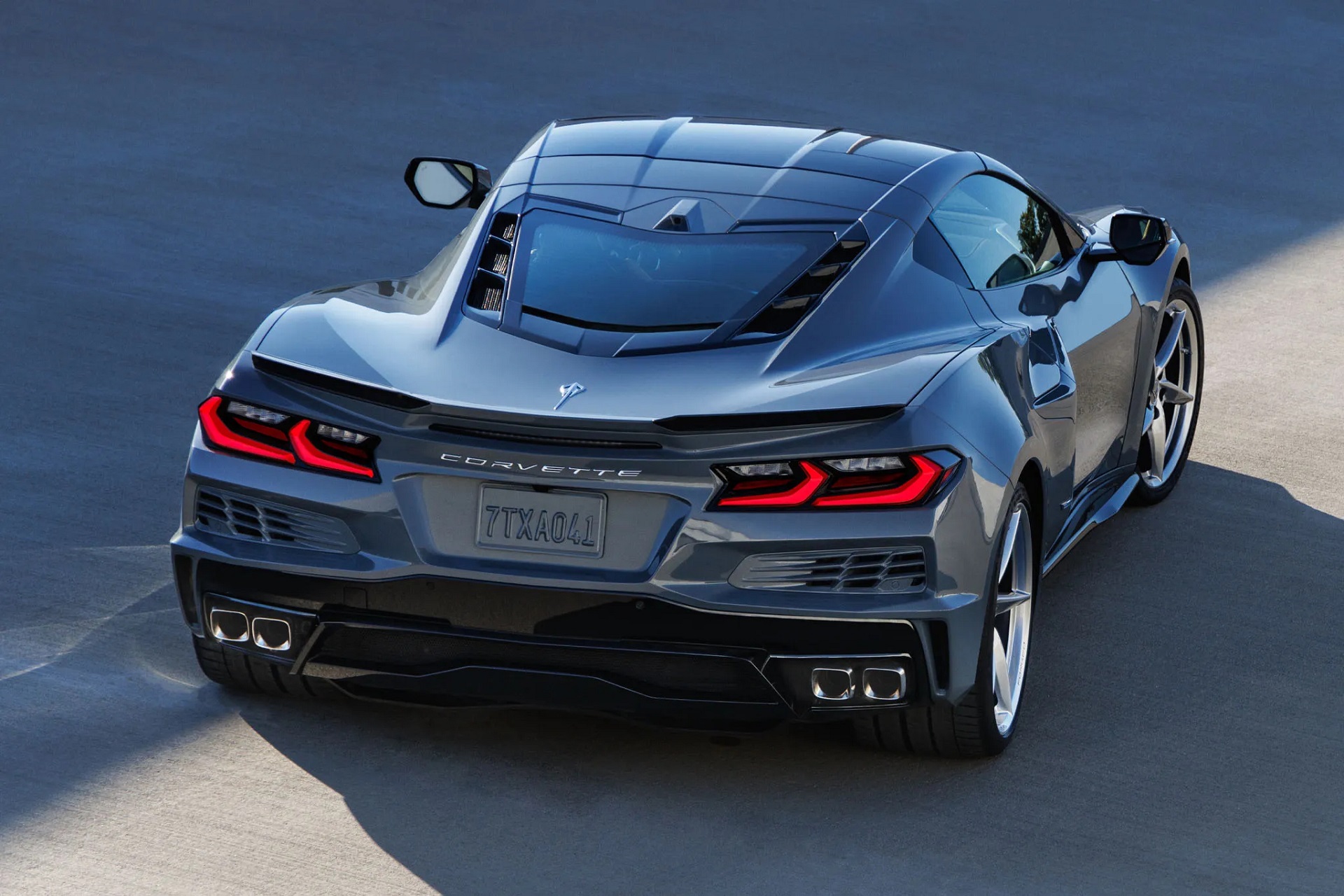
An official launch date for the range-topping Corvette Zora is still being awaited. However, there is the formidable ZR1 to fill in the gap. Expected for the 2025 model year, the Corvette ZR1 packs a thousand horsepower, making it the most powerful production Corvette by a significant margin. Its quoted performance numbers are even more impressive; expect a 2.5-second sprint to 60 mph and a top speed in excess of 230 mph! It’s a confirmation stamp on the Corvette’s performance credentials and one that should end the debate about its supercar status.
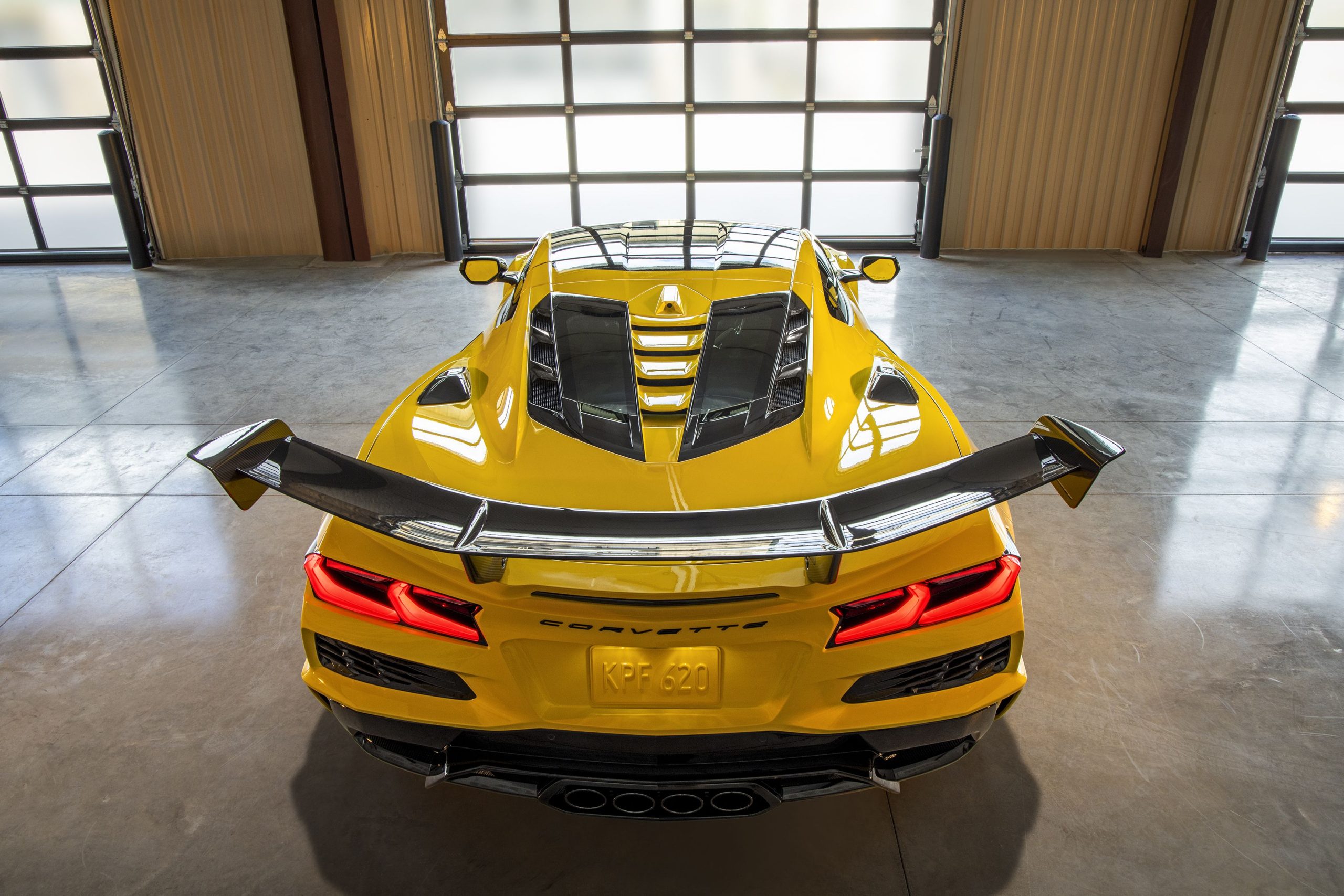
The move to a mid-engine platform was a bold move by the GM. However, it was one that was necessary to unlock the next-level performance potentials of its headlining performance car. Judging by the results, it’s been a step in the right direction, providing a launch pad for an even more exciting future for the Corvette brand.


